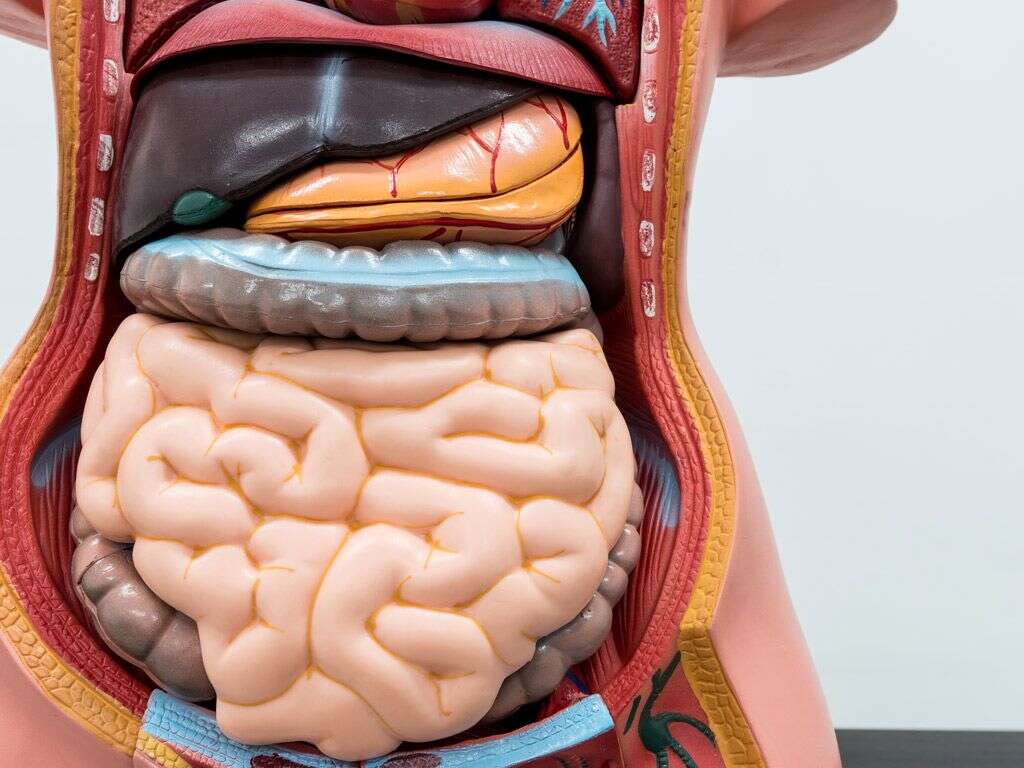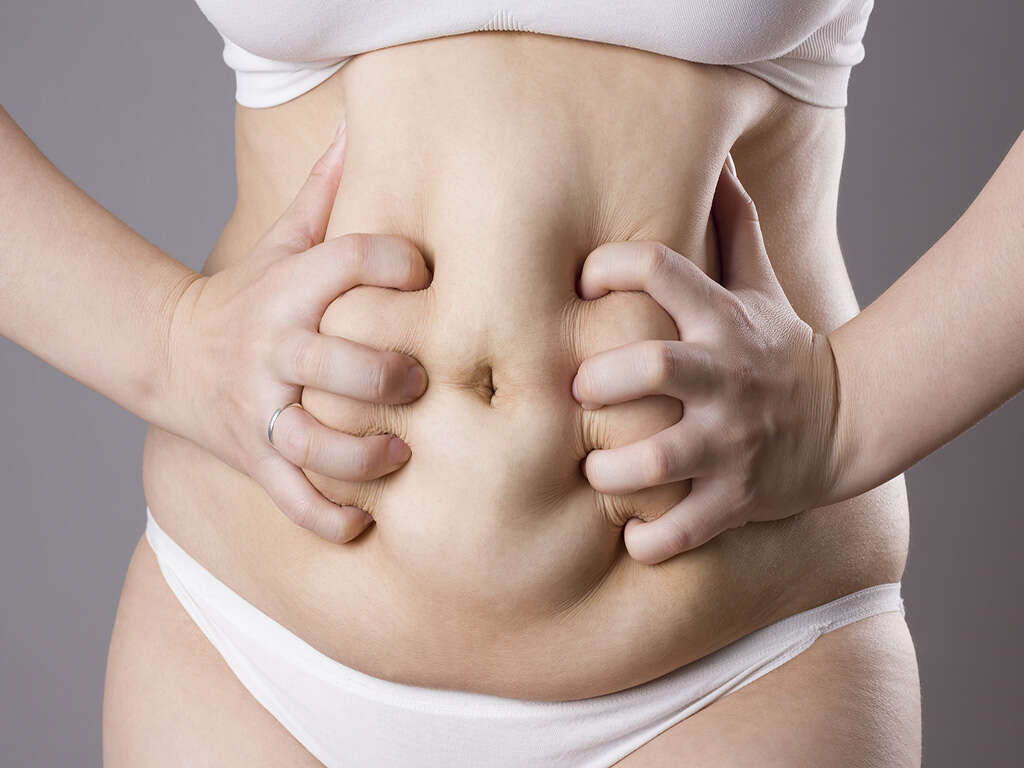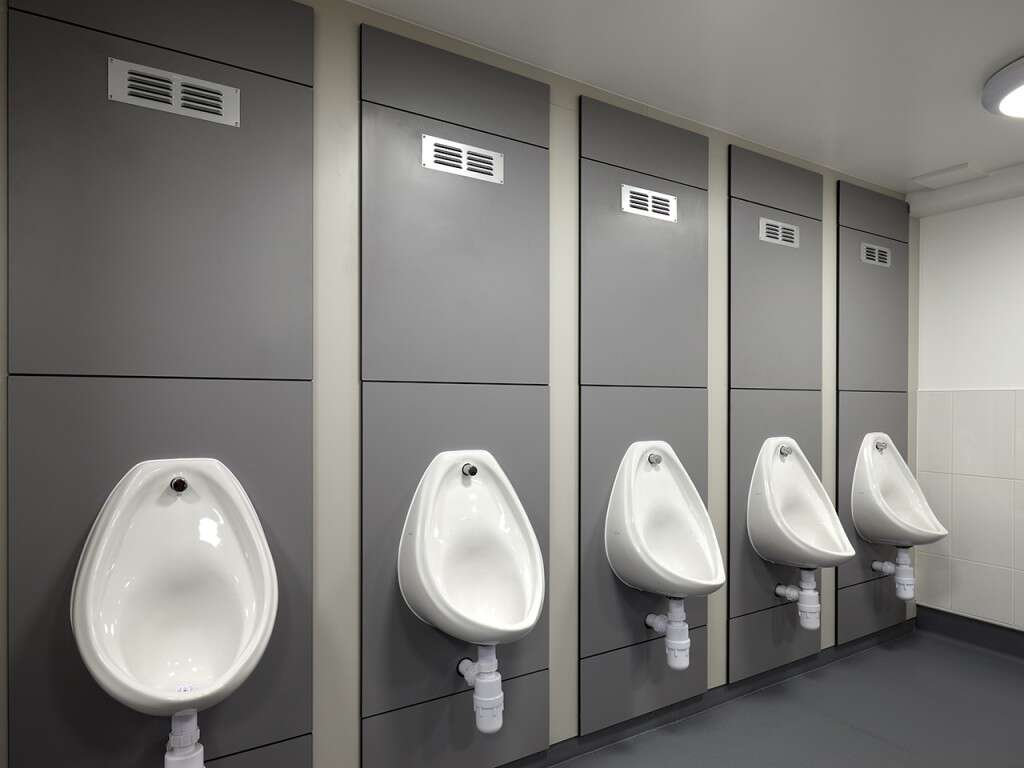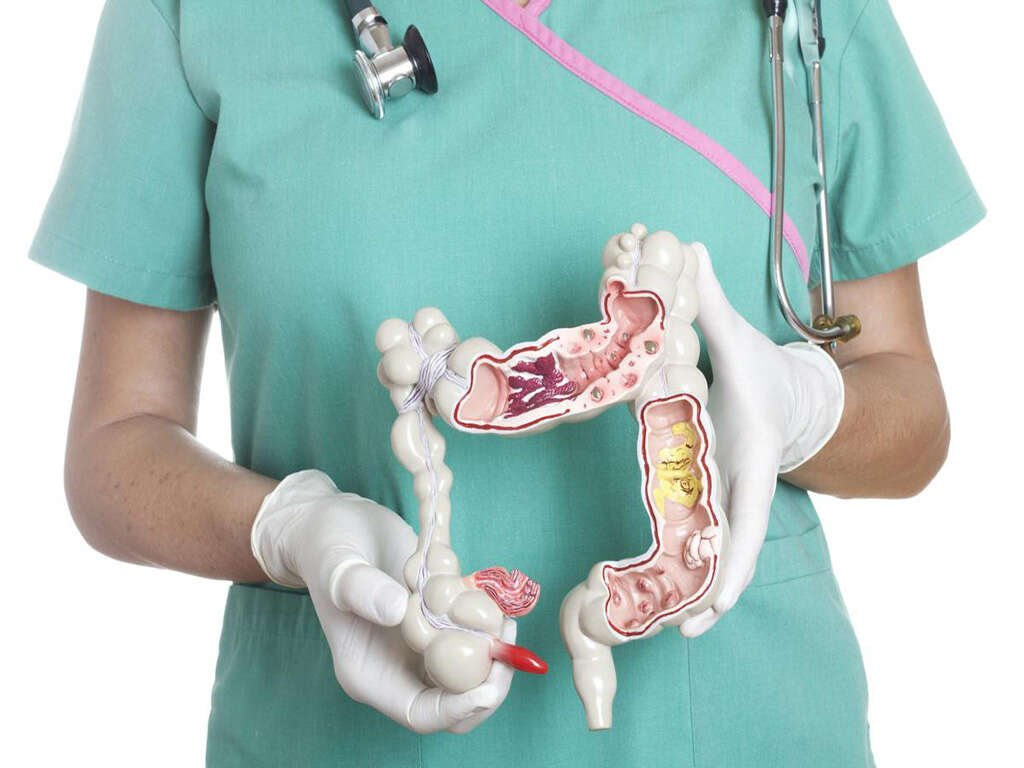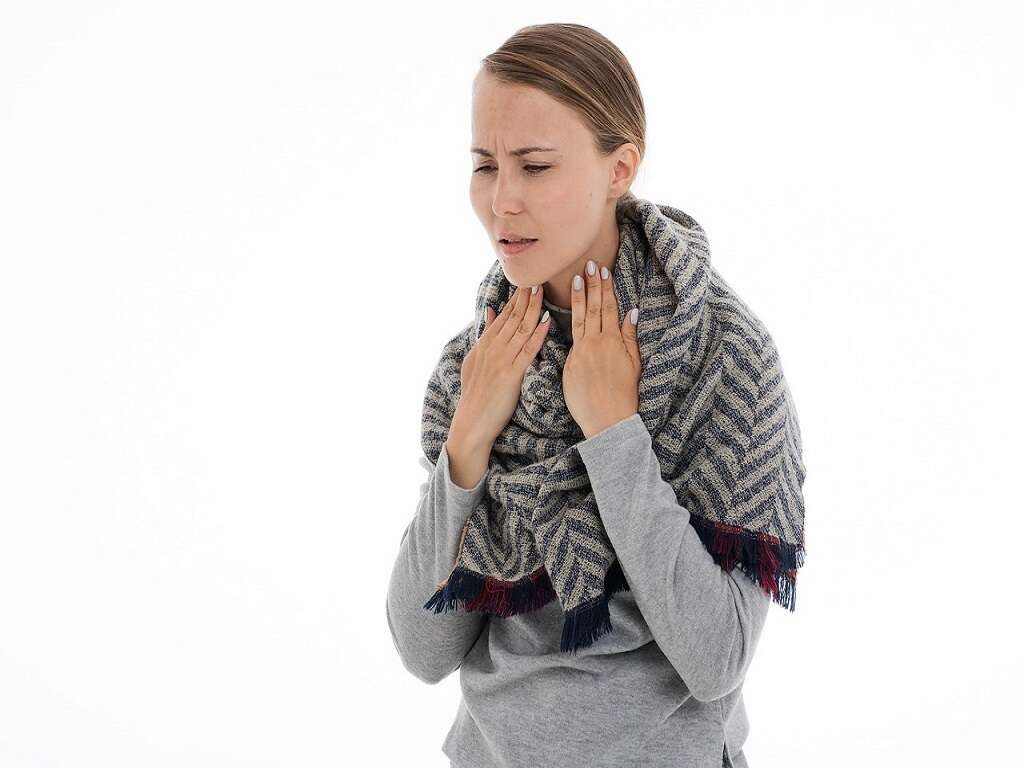What Is Diverticulosis?
Diverticulosis is a condition that occurs within the large intestine. It has a high degree of prevalence in the United States. The disease is indicated by the presence of pouches or small sacs called diverticula.
The diverticula form when the inner lining of your intestines pushes through weak spots in the outer wall. The condition can occur anywhere along your digestive tract; however, most frequently it occurs in the colon, which is the lower portion of the large intestine.
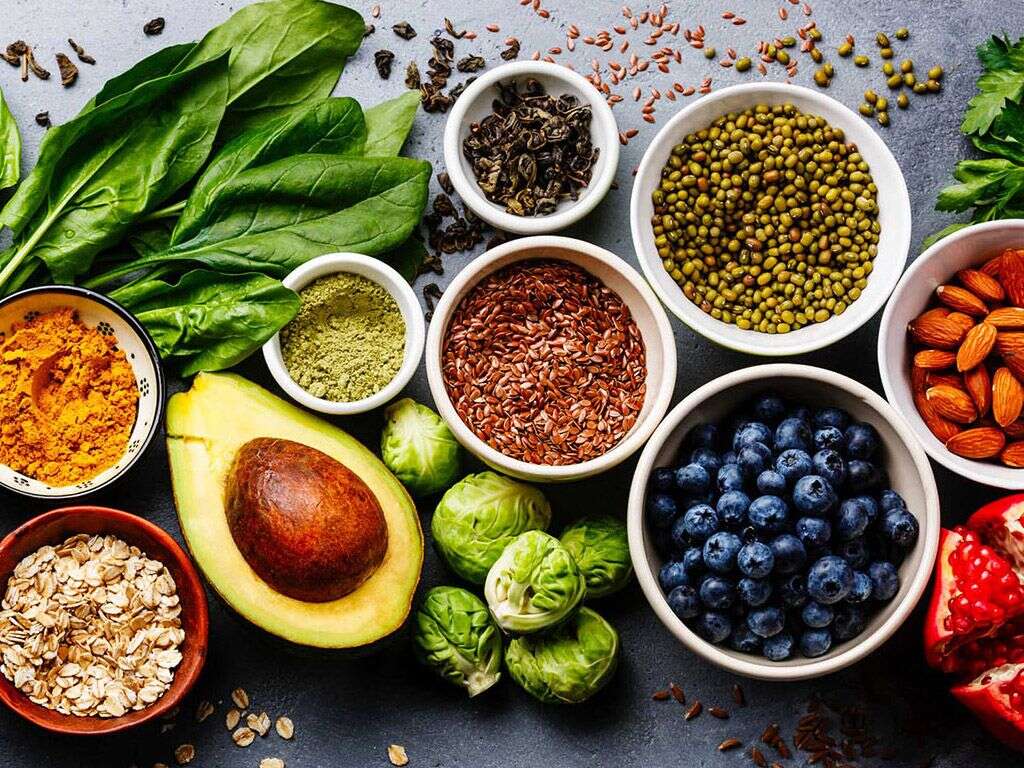
1. Causes of Diverticulosis
Scientists remain uncertain as to what causes diverticulosis. The most common theory is that a lack of fiber in the diet plays a key role in developing the condition. When you don’t consume enough fiber, your waste does not move through your digestive tract as easily, which frequently leads to constipation and increased pressure.
This pressure presses on the walls of your large intestine. When there are weak areas in the wall, the force pushes out the tissue, causing the diverticula to form. The sacs can vary in size, from as small as a pea to much larger.
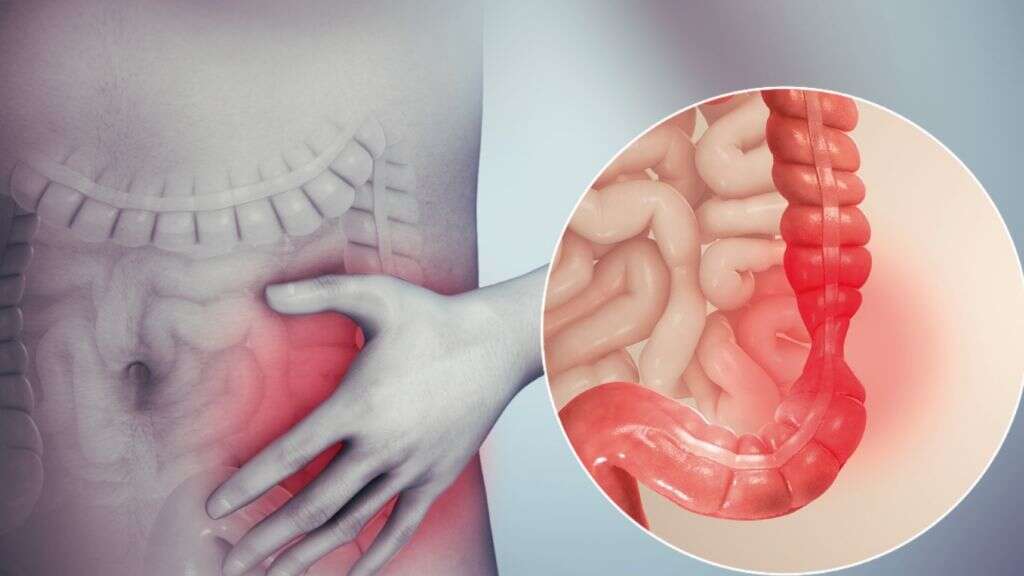
2. Symptoms of Diverticulosis
A majority of people are unaware that they have the condition until it is discovered during medical examinations for unrelated issues. When people do experience symptoms, they are generally mild and do not cause significant trouble for the individual.
When symptoms are present, people are most likely to report discomfort, tenderness or mild abdominal cramping. Some also have chronic problems with constipation and bloating. It is important to understand that these are common symptoms for a number of gastrointestinal disorders, so displaying them does not necessarily mean you have diverticulosis.
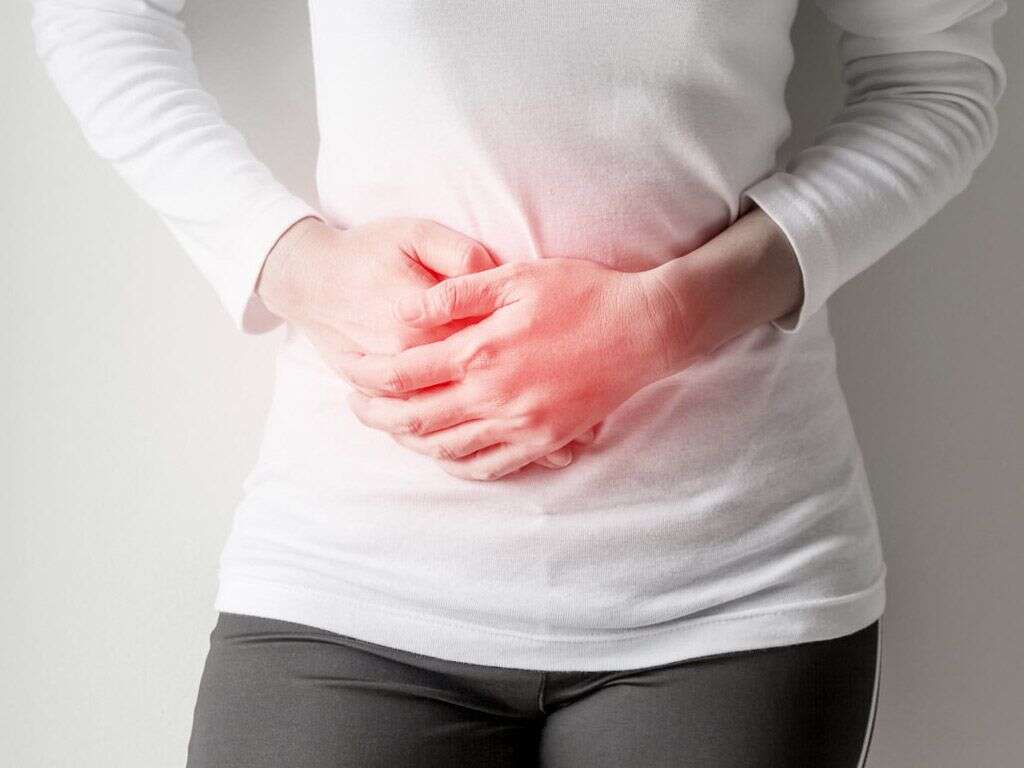
3. People Most Likely to Get Diverticulosis
Diverticulosis is a very common condition as people age. Approximately 50% of the population over the age of 60 have it, while a majority over 80 do. Individuals are more likely to have the disease if they are males over the age of 40. Eating a diet low in fiber and high in fat and red meat increases your risk for diverticulosis.
In addition to age, sex and diet, there are a few other indicators that increase the likelihood of getting the condition. Lack of exercise, being overweight and smoking are all correlated with a higher chance of diverticulitis. In addition, taking non-steroidal anti-inflammatories, such as ibuprofen, can also increase your risk.

4. Diagnosis and Treatment for Diverticulosis
Diverticulosis generally does not produce symptoms. As such, people can have the condition without ever realizing they have it. When it does get diagnosed, it is most often because the individual receives a colonoscopy, CT scan or X-ray to screen for an unrelated condition.
If you have been diagnosed, a change in diet and exercise is recommended. Eating foods higher in fiber, including whole grains, vegetables and fruits, and increasing the amount of exercise you engage in daily reduces the risk of complications. Taking probiotics also seems to help improve symptoms such as constipation.

5. Complications from Diverticulosis
Approximately 30% of those diagnosed with diverticulosis experience the complications that lead to diverticulitis. Diverticulitis occurs when at least one of the diverticula become inflamed or infected. When infections occur, the condition becomes more serious.
If you experience complications, it is important to obtain an official diagnosis. Treatment for infections is often necessary. When left untreated, the diverticulitis can worsen and lead to abscesses or tears on the colon wall.
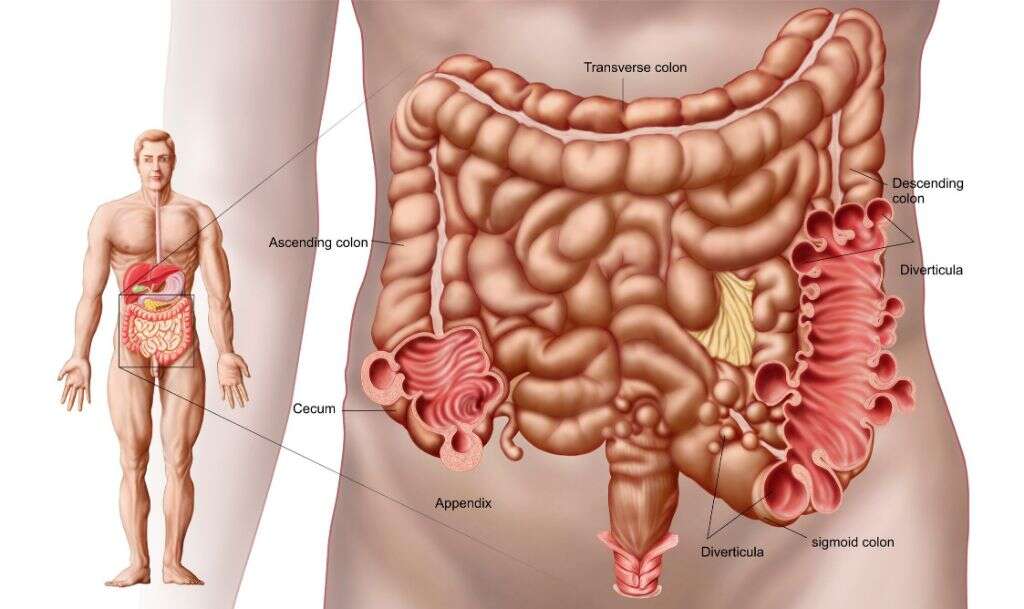
6. Causes of Diverticulitis
As with diverticulosis, researchers are not entirely certain about what causes diverticulitis. One common theory is that bacteria enter into the colon through the stool. This in itself is normal; however, if the bacteria then become trapped in the diverticula, it can lead to inflammations and infections.
In addition to bacterial infections, some medical experts suggest there is another potential cause. It is possible that the walls of a diverticulum become weakened or erode. This can occur when there is continued pressure from inside the colon that pushes out into the diverticula.
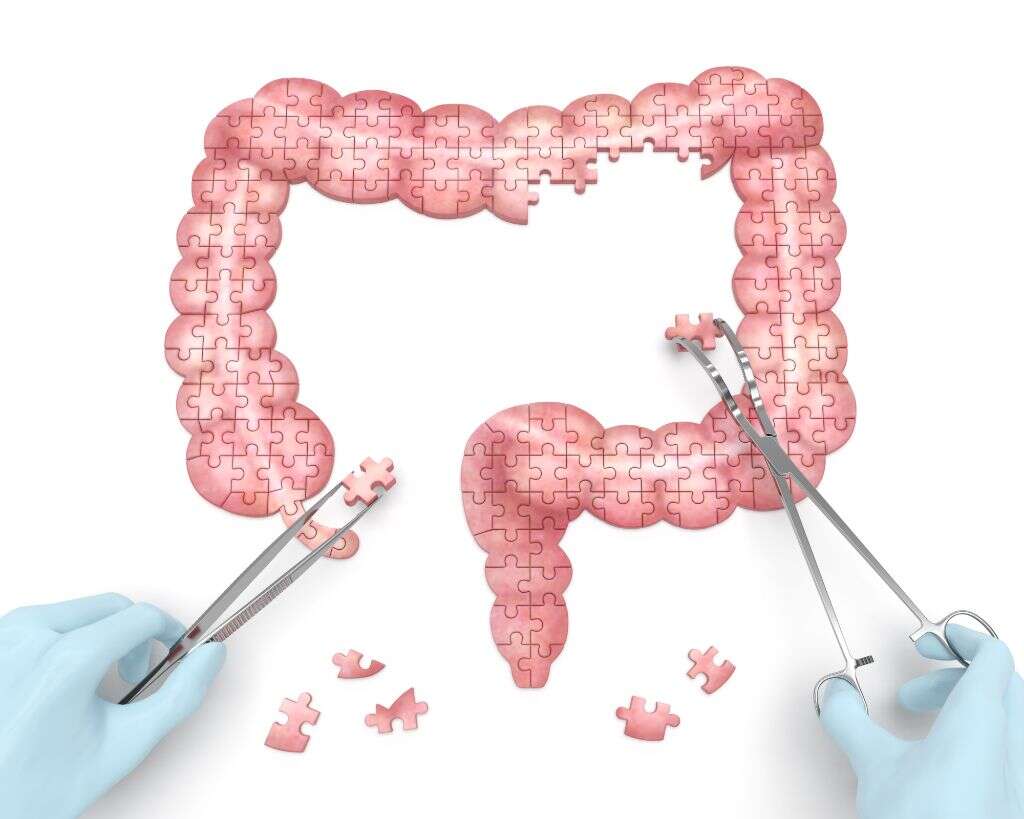
7. Symptoms of Diverticulitis
While diverticulosis does not often lead to symptoms, diverticulitis does. The symptoms for this disease can worsen over time when left untreated. Pain on the left side of the abdomen, over the lower intestine, is the most common symptom people experience. It can begin as a mild discomfort and increase over time, or it can come on suddenly.
Constipation and, infrequently, diarrhea can also occur with diverticulitis. Another common symptom that occurs is rectal bleeding. Rectal bleeding in people over the age of 40 is most often attributed to diverticulitis. Other possible symptoms include fever and chills, as well as nausea and vomiting.
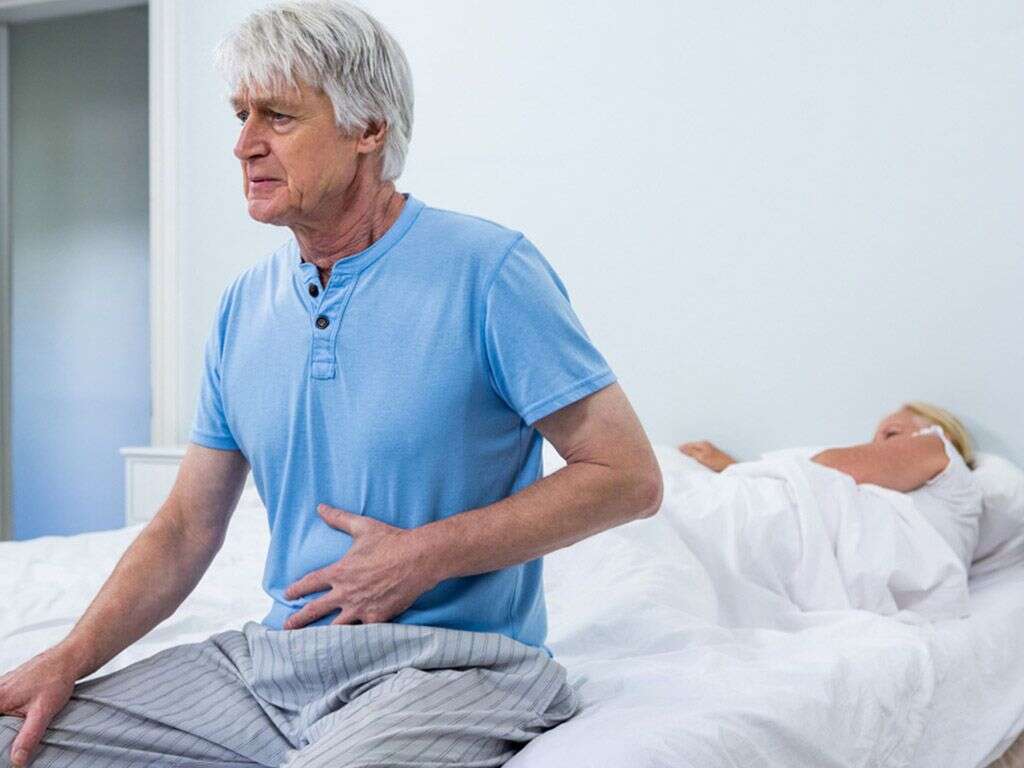
8. Diagnosis and Treatment for Diverticulitis
If you begin to experience the symptoms associated with diverticulitis, it is important to seek a diagnosis and treatment so that the condition does not worsen. Your doctor begins diagnosis with an assessment of your medical history, diet and bowel movement habits. He or she may then perform additional tests, such as a colonoscopy, blood work, CT scan or X-ray.
Treatment involves taking a round of antibiotics. Your doctor will also likely prescribe a low-fiber or liquid diet, along with rest and drinking ample amounts of water. Once symptoms improve, you can begin incorporating soft and then solid foods again, making sure that you include a lot of high-fiber foods. Serious or repeat cases of diverticulitis may require surgery to remove the infected sacs.
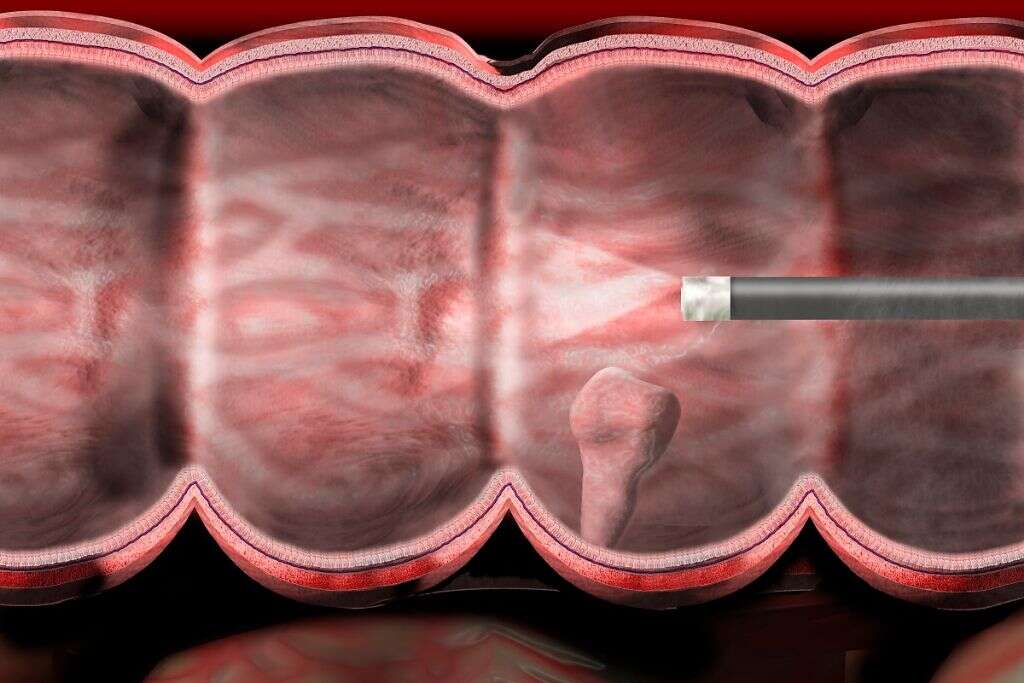
9. Preventing Diverticulosis
Though diverticulosis is common and does not always lead to symptoms or complications, the best way to avoid the potential for diverticulosis and diverticulitis is to take preventative measures. Maintaining daily bowel movements and reducing straining decreases the chances for developing diverticula.
A healthy diet is one of the most important steps you can take to prevent diverticulosis. Eating an abundance of vegetables, fruits and whole grains, and reducing the amount of fat and red meat you consume, helps to form softer and bulkier stools that move more easily through your system. Drink plenty of water, the number of ounces equal to half your body weight, and exercise daily for 30 minutes. If you are overweight, losing weight decreases your risks.
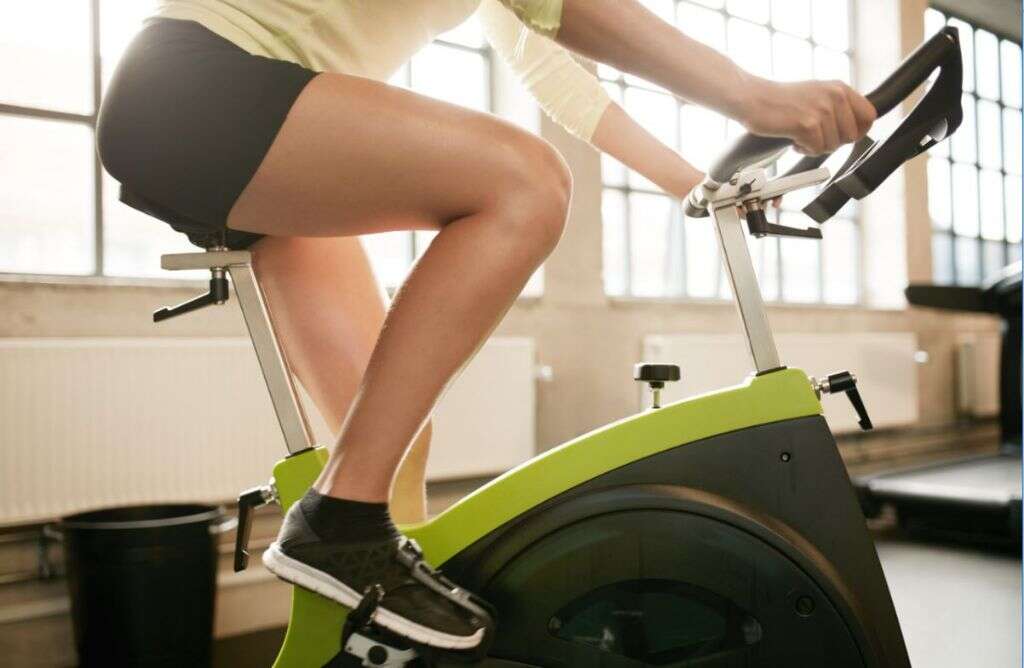
10. Living with Diverticulosis
Living with diverticulosis involves following the same behaviors as to prevent its occurrence. Eating a high-fiber diet, drinking plenty of water and getting 30 minutes of daily exercise all contribute to a healthier digestive tract. They also reduce the likelihood that you develop diverticulitis. If you can’t get enough fiber in your diet, it is acceptable to take a fiber supplement.
One other suggested change is to incorporate consumption of probiotics into your daily routine, from supplements or in fermented foods and yogurt. While there is still uncertainty around whether probiotics prevent diverticulitis, they do help maintain gut health and decrease the chances of constipation, which is one of the possible contributors to the condition.




